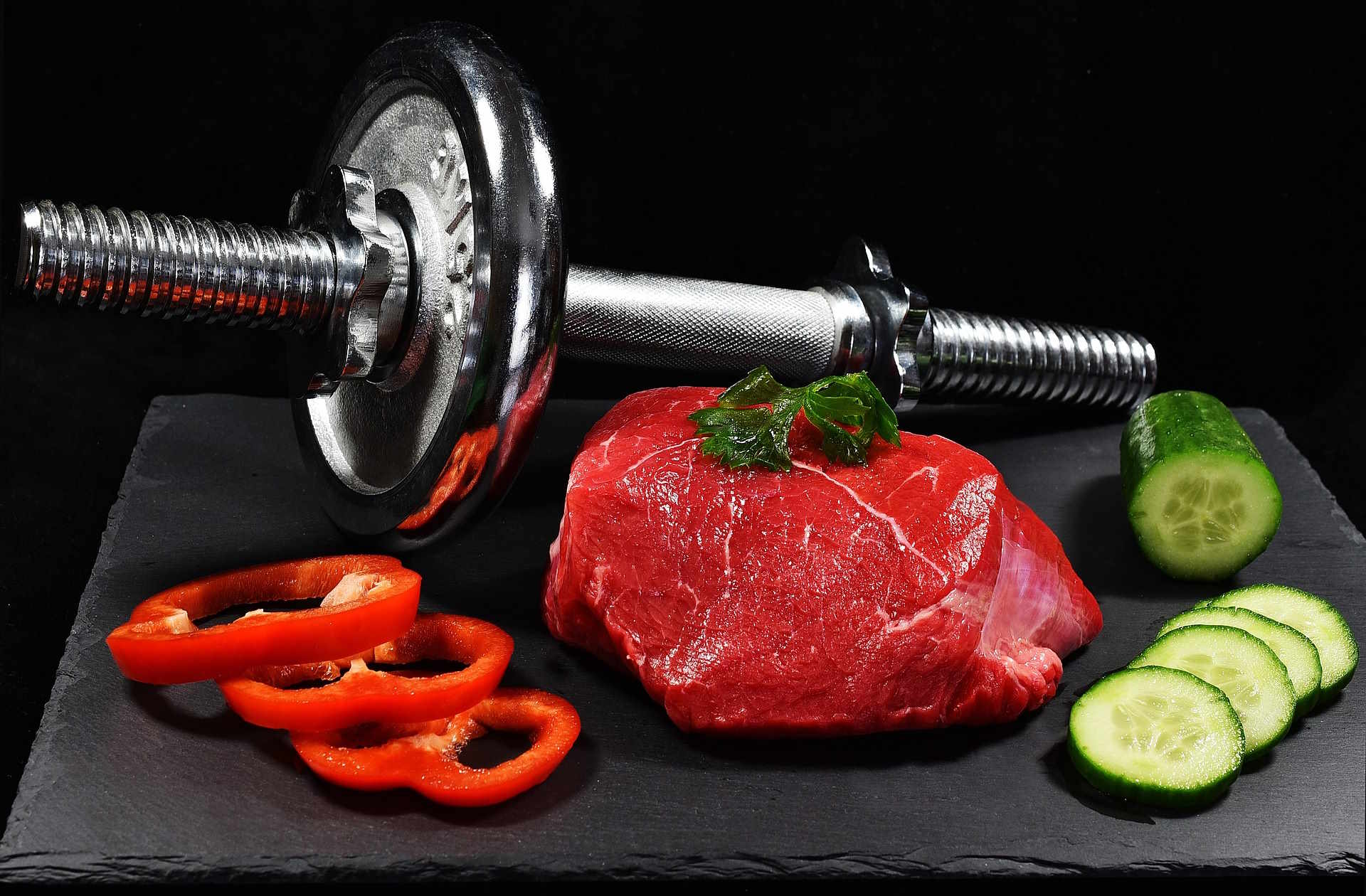Everyday benefits of choosing grass fed meat
Discover the convenience of grass-fed meat delivery, where premium cuts meet natural nutrition. Explore hormone-free, pasture-raised beef and lamb shipped fresh to your door. Learn how sustainable sourcing, rich omega-3 content, and high-quality protein support a healthy lifestyle while offering exceptional taste and value for discerning home cooks and conscious eaters.
Nutritional Advantages of Grass Fed Meat
Grass fed meat offers several nutritional benefits compared to conventionally raised meat. The natural diet of grass fed cattle results in meat that contains up to five times more omega-3 fatty acids than grain-fed alternatives. These essential fatty acids help reduce inflammation in the body and support heart and brain health. Grass fed beef also contains higher levels of conjugated linoleic acid (CLA), a fatty acid associated with reduced body fat and improved immune function. Additionally, this meat typically provides more vitamins A and E, antioxidants that help protect cells from damage and support immune function.
Environmental Impact of Supporting Grass Fed Practices
Choosing grass fed meat can contribute to more sustainable agricultural practices. Properly managed grass fed operations often implement rotational grazing systems that mimic natural herbivore behavior. This approach helps improve soil health by increasing organic matter and enhancing the soil’s ability to sequester carbon. Healthy pastures also prevent erosion, filter water more effectively, and support diverse ecosystems of plants and wildlife. By contrast, conventional feedlot operations typically generate concentrated waste and require significant grain production, which often involves heavy pesticide and fertilizer use.
Ethical Considerations of Grass Fed Livestock
Animals raised on pasture generally experience living conditions that more closely align with their natural behaviors and instincts. Grass fed cattle, sheep, and other ruminants have space to roam, access to fresh air and sunlight, and the ability to graze as they would naturally. This pastoral lifestyle typically results in healthier animals that require fewer antibiotics than those in confined animal feeding operations. Many consumers consider these welfare aspects important when making meat purchasing decisions and find value in supporting farming practices that prioritize animal well-being alongside production goals.
Finding Quality Organic Meat Delivery Services
For consumers interested in incorporating grass fed meat into their diets, organic meat delivery services offer convenience and access to high-quality products. These services typically provide detailed information about their sourcing practices, including how and where the animals were raised. When researching organic meat delivery options in your area, look for transparency regarding farming practices, animal welfare standards, and processing methods. Many services offer subscription boxes with various cuts and types of meat, allowing customers to try different options while supporting sustainable farming practices.
Understanding Organic Meat Box Subscriptions
Organic meat box subscriptions represent a growing segment of the direct-to-consumer food market. These subscription services typically deliver pre-selected assortments of grass fed beef, pastured pork, free-range poultry, and sometimes wild-caught seafood directly to customers’ homes. Box contents vary by season and availability, introducing consumers to diverse cuts they might not typically select at a store. Many subscription services also provide recipe suggestions and cooking tips to help customers make the most of less familiar cuts, reducing food waste and expanding culinary horizons.
Cost Considerations and Provider Comparison
When considering grass fed meat options, cost is often a significant factor for many households. While grass fed meat typically commands higher prices than conventional alternatives, various providers offer different pricing structures and value propositions. Some services focus on premium cuts while others provide more economical options through variety packs or bulk purchases.
| Provider | Subscription Options | Typical Price Range | Special Features |
|---|---|---|---|
| ButcherBox | Monthly/bi-monthly boxes | $129-$270 per box | Free-range chicken, heritage breed pork, wild-caught seafood |
| Crowd Cow | Customizable boxes | $99-$250+ per box | Single-farm sourcing, Japanese Wagyu options |
| Thrive Market | Individual cuts or curated boxes | $80-$150 per box | Membership model with wholesale pricing |
| US Wellness Meats | À la carte or bundles | $75-$300+ per order | Specializes in 100% grass-finished beef |
| White Oak Pastures | Customizable options | $85-$200+ per order | Regenerative farming practices, zero-waste facility |
Prices, rates, or cost estimates mentioned in this article are based on the latest available information but may change over time. Independent research is advised before making financial decisions.
While grass fed meat delivery services may represent a higher upfront cost compared to conventional supermarket options, many consumers find value in the quality, convenience, and ethical standards these services provide. Some services offer bulk purchasing options that can reduce the per-pound cost, making high-quality grass fed meat more accessible for budget-conscious households.
Integrating Grass Fed Meat Into Everyday Meals
Incorporating grass fed meat into daily cooking requires some adjustments to familiar techniques. Because grass fed meat typically contains less fat than grain-finished counterparts, it often benefits from lower cooking temperatures and shorter cooking times to prevent dryness. Many consumers find that the distinct flavor profile of grass fed meat—often described as richer or “beefier”—enhances simple preparations where the meat itself is the star. Starting with ground meat or braising cuts can be an accessible entry point for those new to cooking with grass fed products, as these formats tend to be more forgiving and versatile in everyday cooking.
Choosing grass fed meat represents more than simply selecting a food product—it reflects a holistic approach to health, environmental stewardship, and ethical food production. While the initial cost may be higher than conventional alternatives, many consumers find the nutritional, environmental, and ethical benefits justify the investment in their family’s well-being and the broader food system.





